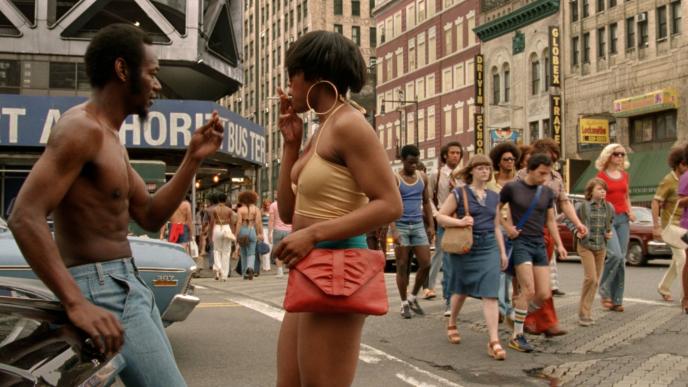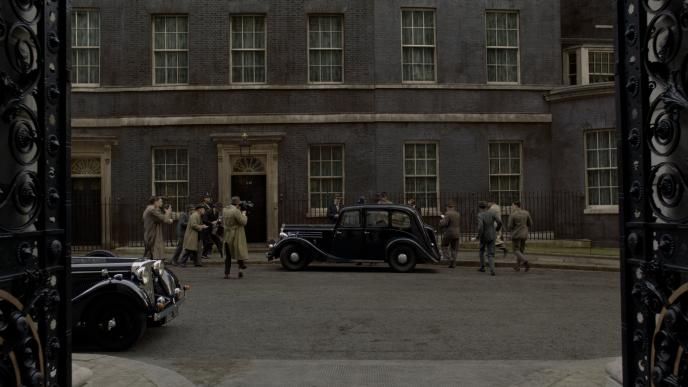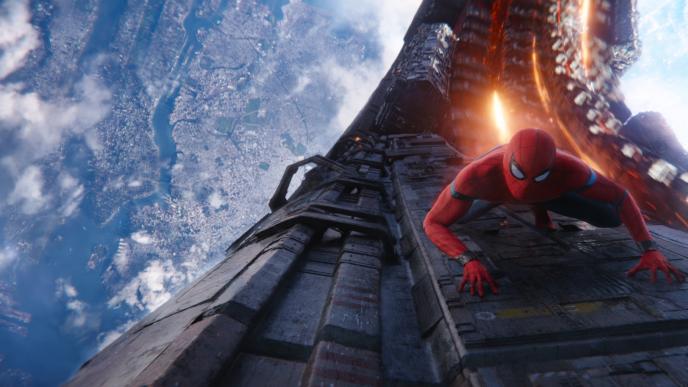
Wonderstruck
Framestore was delighted to work on Todd Haynes’ Wonderstruck, an adaptation of Brian Selznick’s illustrated children’s novel. With its tale of two lost and impaired children finding each other across time, the film demanded accurate representations of 1920s and 1970s New York City; extending sets and crafting environments across the film to contribute to nearly 160 shots by Framestore’s Montréal facility.
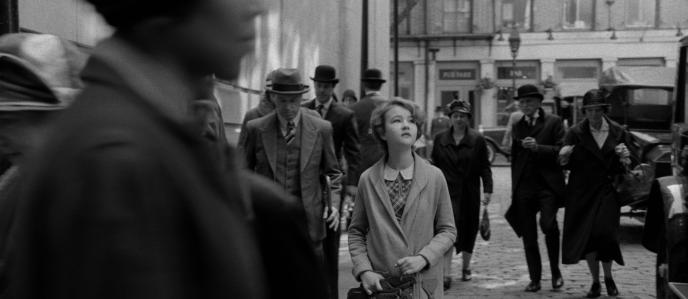
The client wanted seamless effects that would be invisible to the viewer. I am hopeful that when watching the film, most audiences will not even realise there is any VFX work in it.
Presented in two separate stories, the 1927 section of Wonderstruck is designed to be a stylised silent movie: shot in pristine storybook black-and-white, with no spoken dialogue, and occasional shots of written notes that act as intertitles. The team researched architectural and geographic references, using the few remaining photographs from the period. Although these shots presented challenges in tracking and compositing, it was a unique experience for the artists: ‘This show was a great opportunity for me to create photorealistic work that audiences will not even realise they're watching’, says Matt Doll, VFX Supervisor. ‘I was also really pleased to have the opportunity to work with black and white film, and learn about its unique properties and aesthetic.’
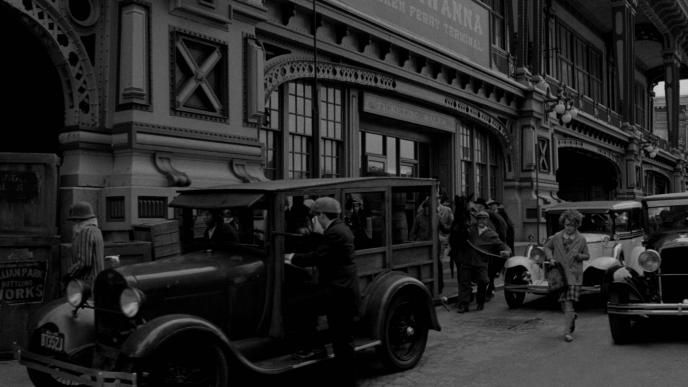
The whole team collaborated on Rose’s ferry trip sequence, which reveals Framestore’s 1920s Manhattan skyline. ‘We had multiple elements including New York as an environment, boats, and even an animated newspaper cut-out’, says Ben Magana, CG Supervisor. Artists in roto, tracking, matte painting, compositing and animation collaborated to deliver these stand-out shots in a very limited timeframe. ‘I think the shot itself is a huge moment’, says Doll. ‘It was the moment we were able to successfully reach into the director’s head and bring his dreams to life.’
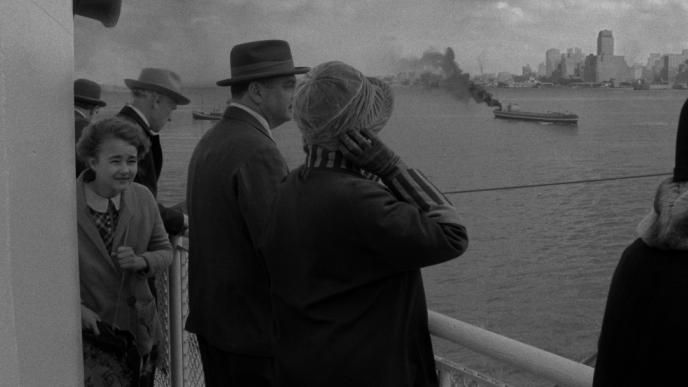
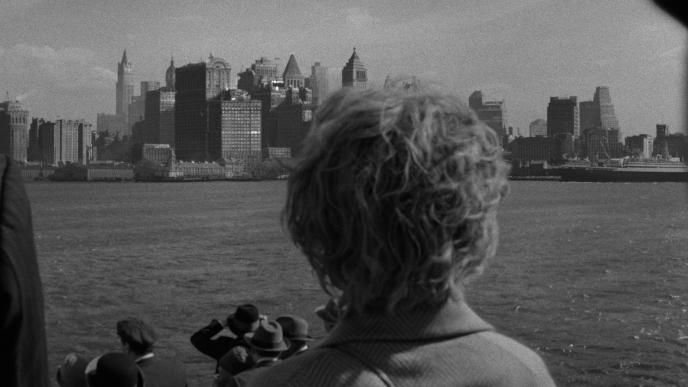
It was the moment we were able to successfully reach into the director’s head and bring his dreams to life.
The scope of the work forced Framestore to manage the shots outside of its traditional pipeline. Used to large-scale projects, the crew found that more flexibility was needed alongside their tools: 3D Equalizer, Maya, Arnold and Nuke. ‘Many times the line between departments was not clear, and many artists had to perform tasks that were out of their “normal” scope, becoming more generalist’, explains Magana. ‘This led to some artists using tools in ways that other shows at Framestore do not,’ adds Doll. ‘Whether tracking in Nuke, pushing water shaders to previously unexplored requirements, or developing new pipeline tools such as our modular car system.’
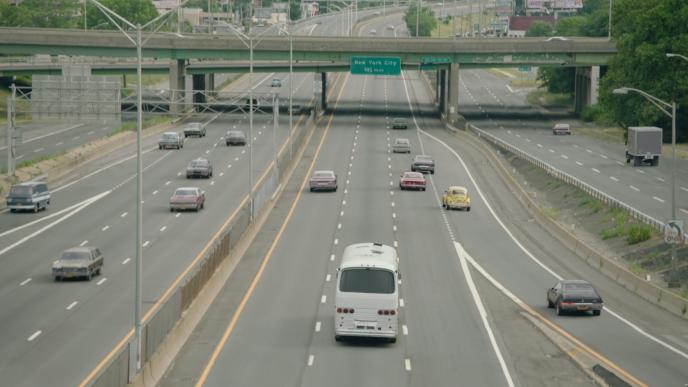
Magana’s team worked on this modular car system in order to improve the look of the busy New York environments in both the 1920s and 1970s street scenes, without having to create CG vehicles individually. It allowed changes in color and texture as well as model changes of the vehicles, so that they could be moved around in a scene to create the busy city traffic.
It was a collaborative relationship with the client, who based themselves close to Framestore in Montréal’s Mile End, with frequent visits to look at the progress of the scenes. ‘We had the opportunity to build a relationship of mutual support which really ensured the maximum quality in our final work’, says Doll.
